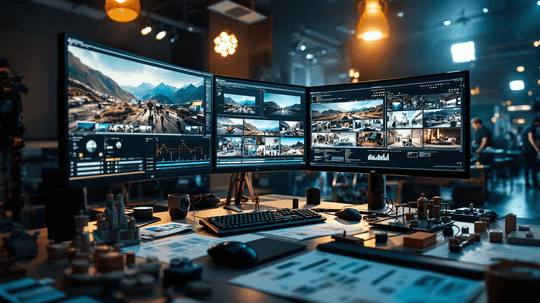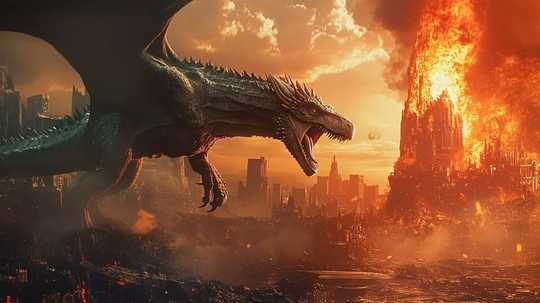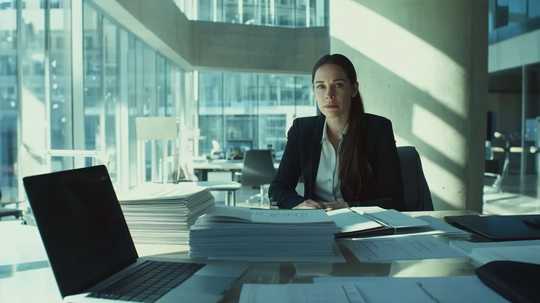Transforming vision into reality requires more than creative brilliance — it demands financial precision. Savvy filmmakers know that behind every scene lies a crafted budget. Discover how to build your first film's financial blueprint and unlock the true potential of your storytelling.
When production shutdowns cost millions, forward-thinking filmmakers are turning to artificial intelligence as their first line of defense. As scripts transform from blueprints to financial liabilities, AI risk assessment tools are becoming the insurance policy producers can't afford to ignore.
A VFX reel is your visual introduction to the industry, often more critical than a resume. Beyond displaying work samples, exceptional reels strategically balance content selection, optimal length, and technical excellence to effectively demonstrate your current expertise.
The evolution of screenplay standards fundamentally altered how films move from concept to screen. This invisible architecture streamlined production, democratized access to filmmaking, and created a universal language that continues to shape storytelling across generations.
Script breakdown specialists dissect screenplays into their essential blocks and elements, transforming abstract narratives into a precise production roadmap. This crucial alchemy, where words become actionable elements, sets the foundation for cinematic magic.
Get ready to explore the world of script coverage, where less than one percent of screenplays earn the coveted "Recommend" rating! In a world where studio executives face many submissions, this comprehensive evaluation process is the silver screen's most crucial gatekeeper.
Like a master architect's blueprint, script breakdown transforms abstract cinematic dreams into concrete production plans. This meticulous process, enhanced by modern digital tools, empowers filmmakers to orchestrate every detail – from casting to locations – ensuring seamless execution.
Navigate Hollywood's competitive script jungle with coverage—where less than 1% of screenplays earn a "Recommend" rating. This essential tool bridges creative vision and production reality, spotlighting promising projects and streamlining pre-production workflows.
Behind the veneer of modern cinema lies a financial giant: visual effects. As VFX studios command premium rates for their artistry, filmmakers must compromise between vision and mounting costs. This compromise is transforming the economics of moviemaking in ways few viewers realize.
Navigating the screenplay development landscape demands mastering two distinct feedback forms: script coverage, the industry's trusted filter, and detailed notes that sculpt narratives with surgical precision. Together, they transform creativity into silver screen potential.
From indie passion projects to studio blockbusters, successful filmmaking hinges on one critical yet often overlooked art: budget mastery. Beyond the creative vision lies a complex financial choreography where pre-production planning and resource allocation shape the destiny of every frame captured.
As industry professionals sift through countless scripts each week, your synopsis serves as a crucial first impression. This indispensable tool transforms complex narratives into compelling summaries, opening the door to success in an industry where time is precious and attention spans are limited.
What once required hours of meticulous human crafting now materializes in minutes, as artificial intelligence revolutionizes VFX workflows from basic cleanup to complex compositing, helping studios maintain creative excellence while dramatically reducing production time and costs.
Transform a script into a precision-engineered production blueprint with expert script breakdown techniques. By mastering the art of component analysis and color-coding systems, filmmakers can forecast budgets with confidence while optimizing resource allocation for maximum efficiency.
Documentary filmmaking requires financial finesse. Navigating the terrain of budget planning is an art form where every dollar tells a story. Investors seek not just vision, but strategic fiscal roadmaps that transform raw potential into compelling, financially viable cinematic experiences.














